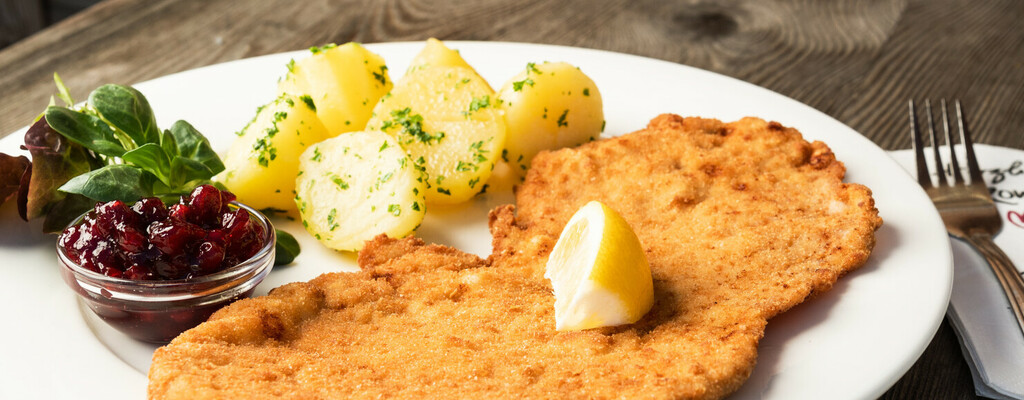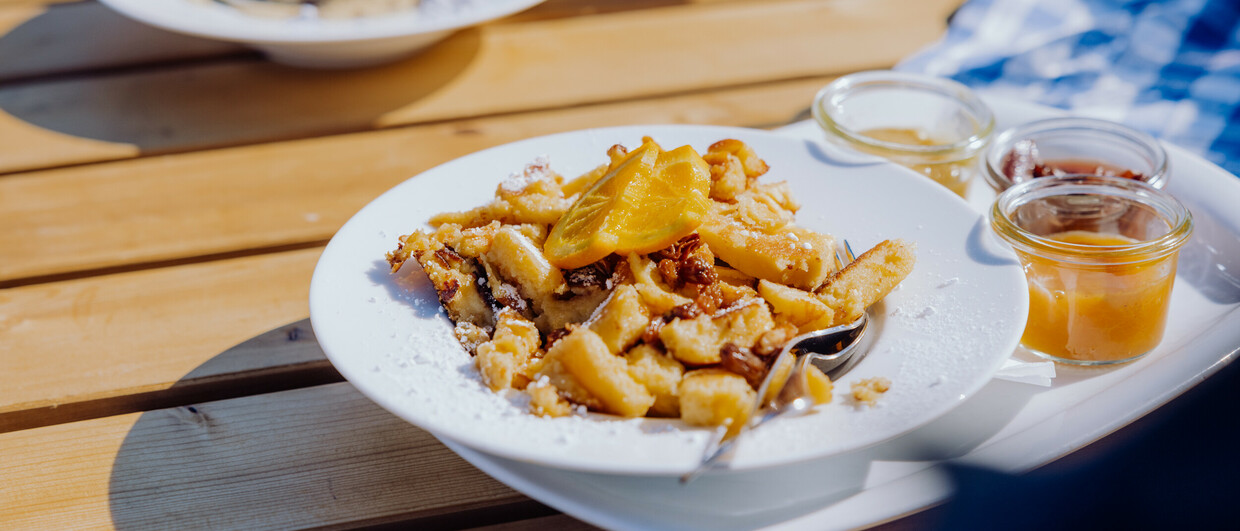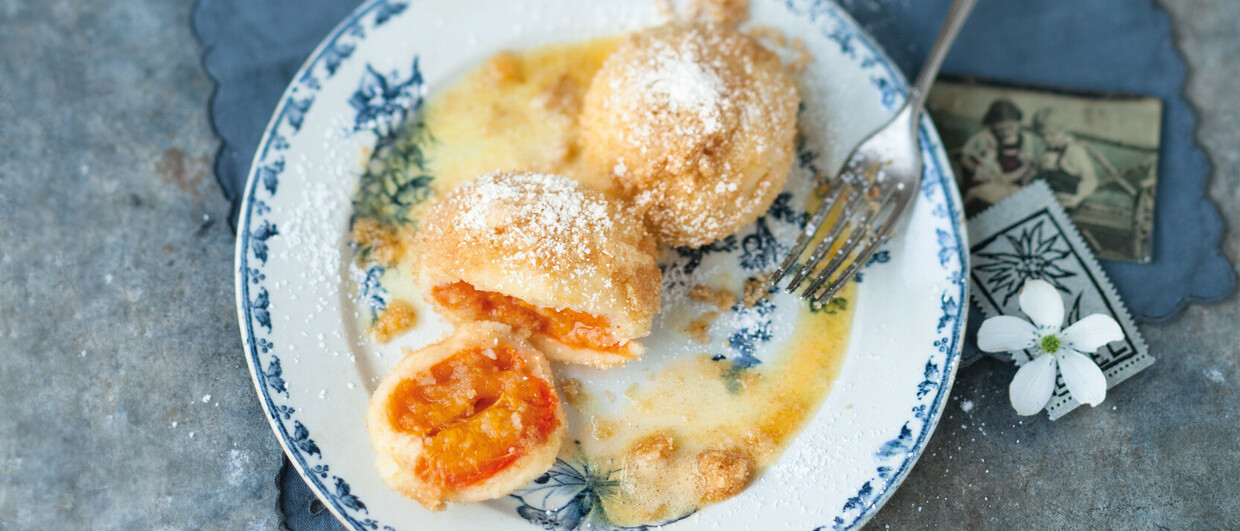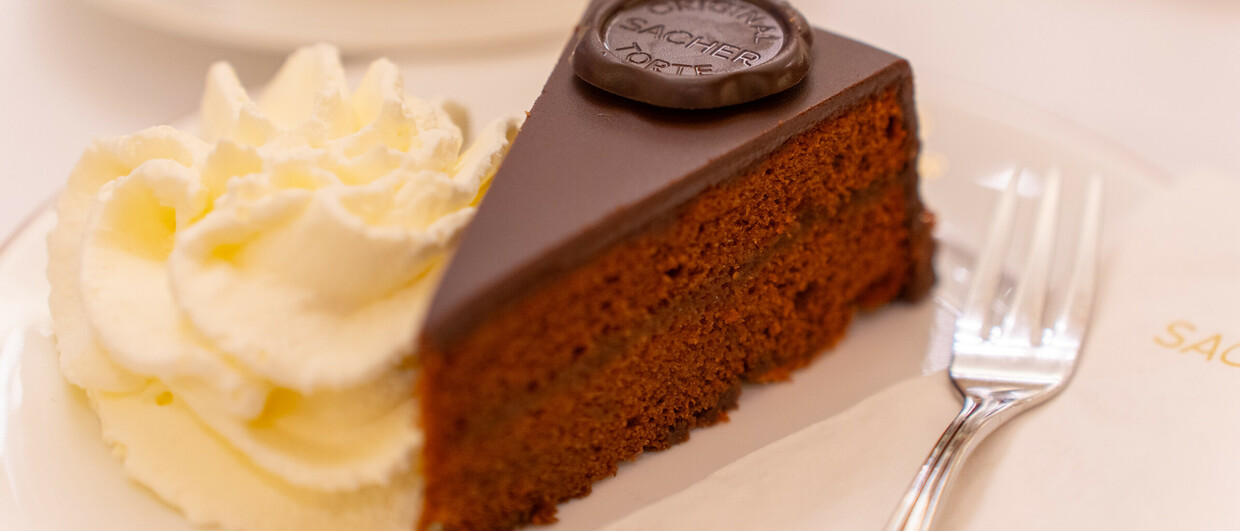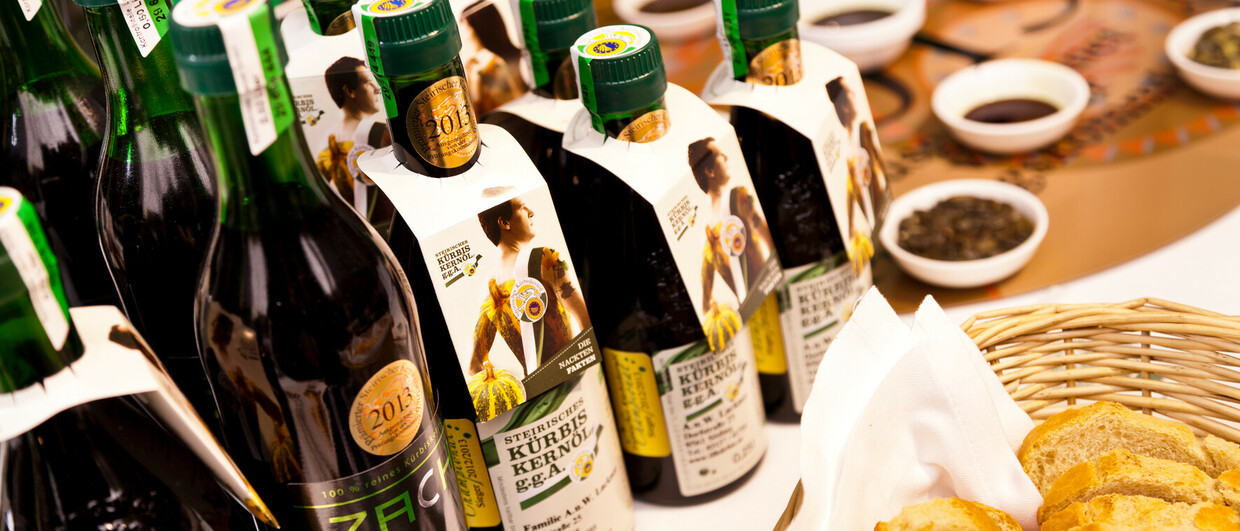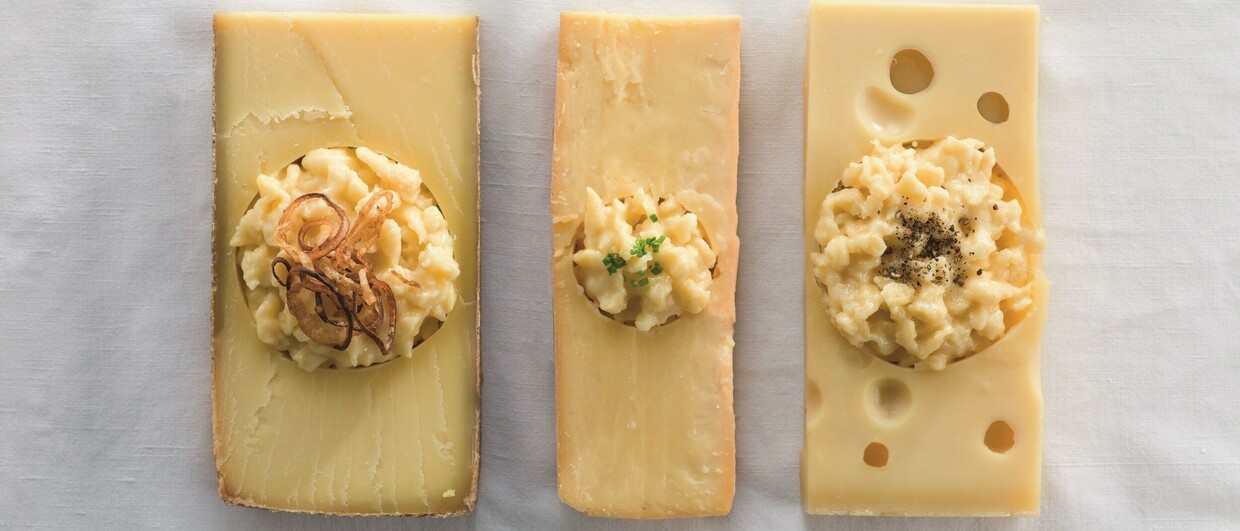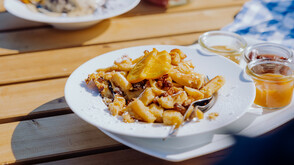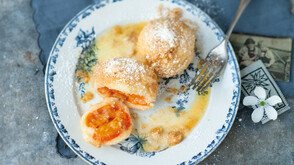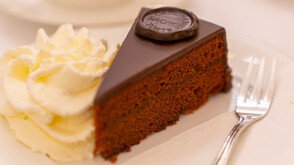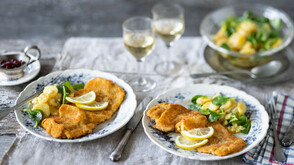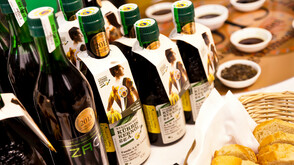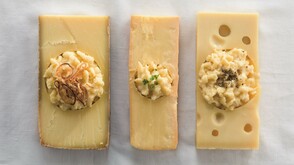6 Austrian Foods to Know – and Where to Try Them
Food is an important part of the Austrian lifestyle - and a major tourist draw. Here are our tips!
In Austria, eating is a lot more than just a way to quickly fill your tummy – food is part of the locals’ identity, creating a sense of community and belonging. What fish and chips are for Brits, is Viennese schnitzel oder Kaiserschmarren for Austrians. We dare you to find any local who doesn’t love them! And it’s not just that: Austrian food is also a major tourist draw, with the signature dishes famous and beloved around the world. It goes without saying, of course, that the best place to try them is where they were created in the first place.
Here are 6 Austrian foods every visitor should put on their list – and tips where to get them.
VIENNESE SCHNITZEL
It’s impossible to make a list of the top Austrian foods without the schnitzel. Known around the world, it is THE national dish of Austria. The Viennese schnitzel is a thin, breaded and pan-fried veal cutlet, easily recognizable by its golden-brown, crispy breadcrumb coating. It’s typically served with a wedge of lemon and potato salad or parsley potatoes. Fun fact: While widely recognized as Austrian, the schnitzel has its roots in Venice. Italian chefs fried breaded meat as early as the 16th century. According to legend, the forerunner of the schnitzel made its way to Austria around 1857 thanks to field marshal Count Radetzky. Austrian chefs perfected the recipe, turning the schnitzel into the signature dish it is today.
Tip: Every Austrian restaurant serves the schnitzel, but the best-known place to try it is Figlmüller in Vienna, just around the corner from St Stephan’s Cathedral. They even have a plant-based version made from pea protein.
KAISERSCHMARREN
Kaiserschmarren (literally: “Emperor’s mess”) is a fluffy, torn pancake, made with eggs, flour, milk, sugar, and raisins. It is traditionally sprinkled with powdered sugar and served with plum compote. There are countless legendes about its exact origins but the most popular story is that it was invented for Emperor Franz Joseph I, husband of Sisi, in the 19th century. Today, the Kaiserschmarren is a popular treat served both as a main dish and dessert throughout the country. During the winter months, it’s a staple at traditional mountain huts in the Alps. Many would argue that no skiing day is complete without a Kaiserschmarrn.
Tip: When in Vienna, look no further than Demel – the world-famous coffeehouse has been serving sweet treats including Kaiserschmarrn since 1786. There’s also a to-go version which most locals opt for. In the Alps, head to a traditional mountain hut.
STYRIAN PUMPKIN SEED OIL
If you think the choice of oil doesn’t matter, think again. In Styria, people take it very seriously! The region’s pumpkin seed oil is an essential kitchen staple, used for everything from soups and salads to egg dishes and even cakes and ice cream. Pumpkins have been grown in Styria since the end of the 19th century and it didn’t take long until their oil, nowadays known as the “Green Gold” of Styria, became known as the locals’ go-to kitchen ingredient. It’s made by cleaning and roasting the seeds, then pressing them according to traditional methods. 2.5 to 3 kilograms of seeds are needed for one liter of pumpkin seed all – that equals 30 to 40 pumpkins! The nutty oil is unique in colour and taste and comes with health benefits: It contains up to 50% more unsaturated fatty acids than olive or sunflower oils. Since 1996, the pumpkin seed oil has been PGI-protected, meaning only Styrian seeds can be used.
Tip: The Styrian “Ölspur” (“oil track”) unites 9 oil mills, 23 restaurants and 25 farmers – the perfect places to learn more about the precious oil, taste it and stock up to bring back home.
APRICOT DUMPLINGS
Apricot dumplings, known as “Marillenknödel” in Austria, are a beloved traditional summer dish dating back centuries. They were a dessert favourite of Emperor Ferdinand I in the 16th century, who, when told that apricots were out of season, famously declared, “I am the Emperor, and I want dumplings!” The fruity treat is made of low-sugar quark (soft cheese) dough stuffed with a whole apricot and topped with a breadcrumb cinnamon sugar mix. It’s served both as a main dish and dessert. Fun fact: Apricots are originally from China where they’ve been cultivated for 4,000 years. It was Alexander the Great who originally brought them to Greece and Italy. In Austria, they’ve been a beloved fruit staple for about 2,000 years.
Tip: The Wachau in Lower Austria, about an hour from Vienna, is Austria’s number one apricot (dumpling) regio.
VORARLBERG MOUNTAIN CHEESE
Ask a local where to get the best cheese, and chances are they’ll point you straight to Vorarlberg. Austria’s western-most province is famous for its Bergkäse (mountain cheese), which has been popular in the region since the 17th century. Made with raw cow’s milk and known for its firm to hard texture and rich nutty flavour, the mountain cheese was originally developed for practical reasons: The milk was widely available and cheap, and the hard cheese can be stored for a very long time, making it a staple in remote alpine spots such as the Bregenz Forest. Today, there’s a great variety of mountain cheeses, mainly due to the different kinds of grass and herbs found locally, which all contribute to different flavours. What they all have in common is that they are typically aged for several months, sometimes up to two years.
Tip: On the Vorarlberg Cheese Road in the Bregenz Forest you can visit different dairies and cheesemakers and sample through their cheeses.
SACHER TORTE
Chocolate cake is a universal favourite but Vienna’s Sacher Torte stands out from the crowd. It was invented by Franz Sacher, a 16-year-old apprentice at the time, for Prince Metternich in 1832 when he asked for a surprise dessert. Metternich thought the cake was delicious, and it quickly became a staple at his household. However, it took a few more decades for the chocolate sponge cake to conquer the rest of the country (and the world). It was Franz’ son Eduard Sacher who, after opening world famous Hotel Sacher in Vienna, made it a household name. The original Sacher Torte is a rich, dense cake with two layers of chocolate sponge, a thin layer of apricot jam, and a glossy chocolate glaze. It’s typically served with unsweetened whipped cream.
Tip: Unsurprisingly, the place to try the original Sacher Torte is Hotel Sacher.
DOWNLOAD THE FULL PRESS RELEASE HERE
Photos available below. Please include photo credits.

